What Are Flammable Refrigerants? Understanding Their Role in Sustainable HVAC Systems
As the HVAC and refrigeration industry continues to evolve, the quest for more environmentally friendly alternatives has led to the exploration of flammable refrigerants. While these substances offer potential benefits in terms of reduced environmental impact, the question of their safety has become a focal point of discussion. This article aims to provide insights into the risks and benefits of using flammable refrigerants and the measures in place to ensure their safe application.
Risks and Safety Concerns of Flammable Refrigerants in HVAC and Refrigeration
Flammable refrigerants, such as hydrocarbons (propane, isobutane) and some hydrofluoroolefins (HFOs), have gained attention as alternatives to traditional non-flammable refrigerants like hydrofluorocarbons (HFCs). The primary motivation for exploring these alternatives lies in their lower global warming potential (GWP) and ozone depletion potential (ODP), aligning with global efforts to combat climate change.
Risks Associated with Flammable Refrigerants:
-
Combustibility Concerns: The most significant concern with flammable refrigerants is their potential for combustion. Hydrocarbons, in particular, are highly flammable and can pose a risk of fire if not handled properly. While the industry has implemented safety standards and regulations to mitigate these risks, the use of flammable refrigerants requires careful consideration and adherence to guidelines.
-
Safety Standards and Regulations: Recognizing the potential hazards, international and national regulatory bodies have established safety standards for the use of flammable refrigerants. These standards include guidelines for equipment design, installation practices, and maintenance procedures to minimize the risk of leaks and ensure safe operation.
-
Training and Certification: The safe use of flammable refrigerants necessitates well-trained and certified HVAC technicians. Professionals working with these substances must be knowledgeable about the specific properties and safety measures associated with flammable refrigerants. Training programs and certification processes help ensure that technicians are equipped to handle potential risks.
Benefits of Flammable Refrigerants:
-
Environmental Sustainability: Flammable refrigerants are chosen for their lower environmental impact. They have significantly lower GWP compared to traditional refrigerants, contributing to the reduction of greenhouse gas emissions. The use of these alternatives aligns with global efforts to transition towards more sustainable and eco-friendly cooling solutions.
-
Energy Efficiency: Many flammable refrigerants exhibit superior thermodynamic properties, leading to improved energy efficiency in HVAC and refrigeration systems. This efficiency contributes to lower energy consumption and operational costs, making them an attractive option for environmentally conscious consumers.
-
Global Industry Trends: The HVAC and refrigeration industry is witnessing a shift towards the adoption of flammable refrigerants globally. This transition is fueled by regulatory initiatives, consumer demand for environmentally friendly solutions, and advancements in technology that enhance the safety and efficiency of these alternatives.
Balancing Safety and Sustainability: The Future of Flammable Refrigerants in HVAC
The use of flammable refrigerants presents a balance between environmental benefits and safety considerations. While they offer promising solutions for reducing the industry's carbon footprint, careful implementation and adherence to safety standards are imperative to mitigate the risks associated with their combustibility. As the industry continues to innovate and adapt, ongoing research, training, and regulatory measures will play crucial roles in ensuring the safe and sustainable use of flammable refrigerants in the quest for a greener and more efficient future.
FAQ
Are flammable refrigerants safe to use in residential HVAC systems?
Yes, when handled correctly and installed according to safety standards, flammable refrigerants can be used safely in residential systems.
What are examples of flammable refrigerants?
Common flammable refrigerants include hydrocarbons like propane (R-290), isobutane (R-600a), and some hydrofluoroolefins (HFOs) such as R-1234yf.
Why are flammable refrigerants becoming more popular?
They offer significantly lower Global Warming Potential (GWP) and help reduce carbon emissions in compliance with environmental regulations.
Do flammable refrigerants require special training for HVAC technicians?
Yes, technicians must be certified and trained to safely handle, install, and maintain systems using flammable refrigerants.
Are flammable refrigerants more efficient than traditional options?
In many cases, yes. Their superior thermodynamic properties can lead to better energy efficiency and lower operational costs.
What regulations govern the use of flammable refrigerants?
Both national (e.g., EPA in the U.S.) and international standards (e.g., ISO, IEC) regulate their safe use, including installation guidelines and training requirements.


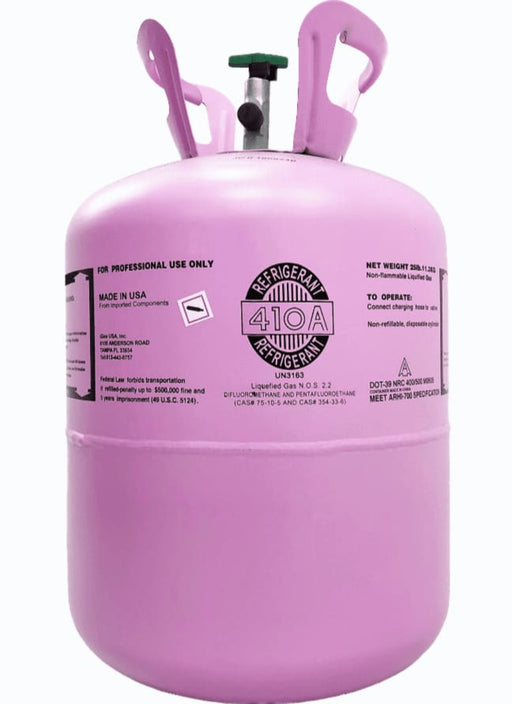
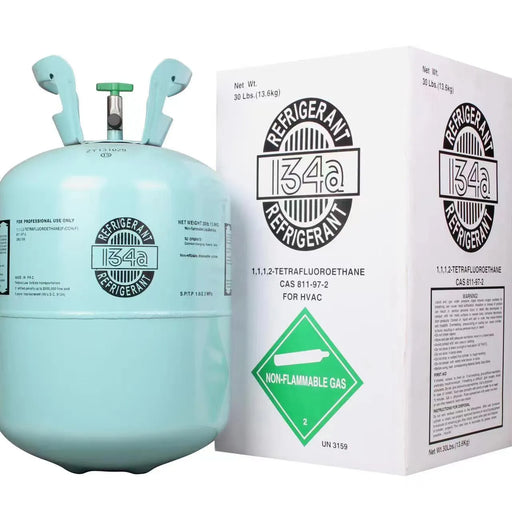
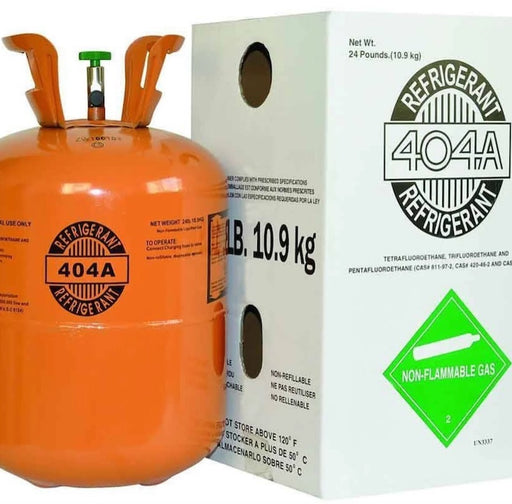
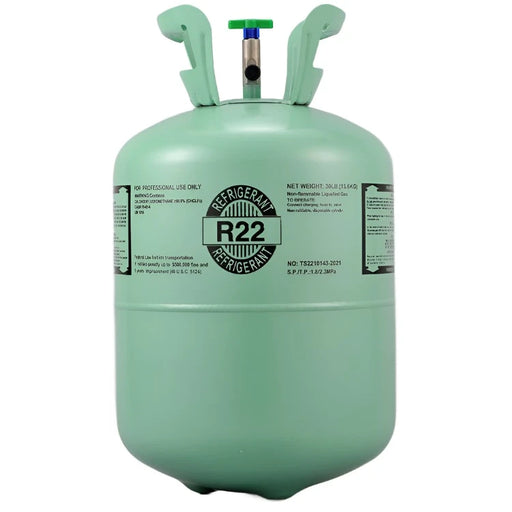
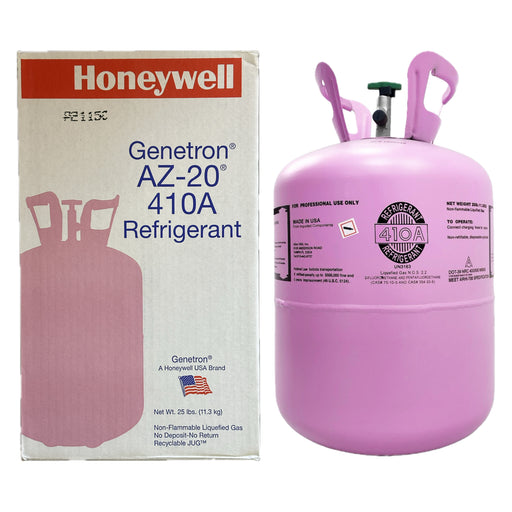
Leave a comment